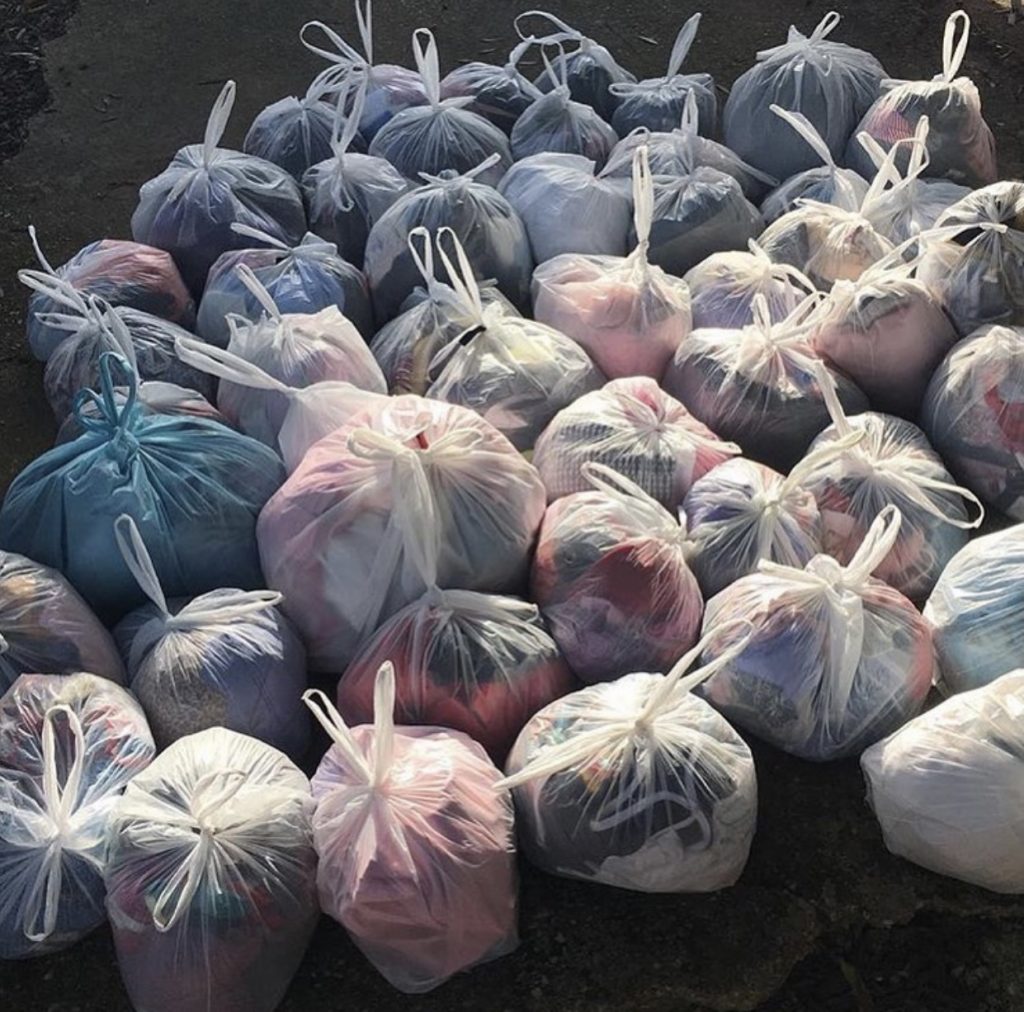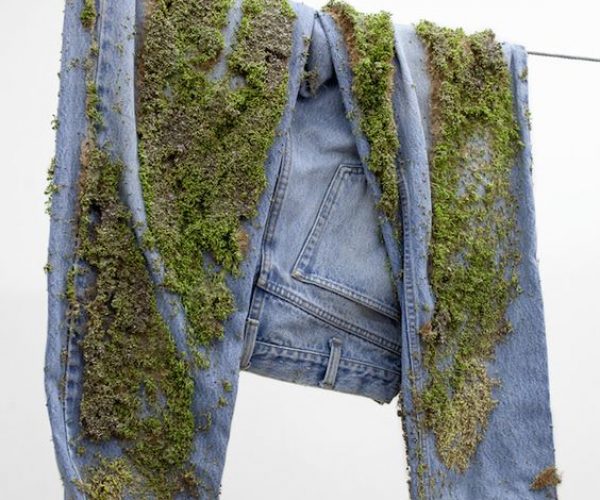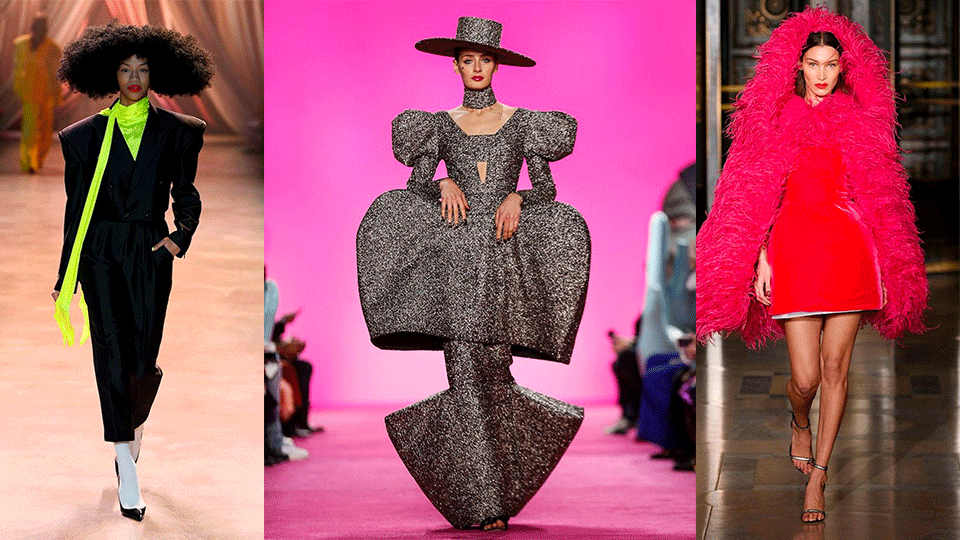- À New Wave to Fashion, À New Way of Living. Download Now on iOS Android Canada SS22
- hello@alahausse.ca
Fashion Brands are Going Carbon Neutral: What Does This Mean?

ÀLA.HAUSSE Presents: Your Complete #HAUSSEPEOPLE’s Introductory Guide Part 3: The Environment
March 26, 2021
The 21st Century #HAUSSEPEOPLE Guide to Fashion Sustainability
April 2, 2021
Written by Samantha Mastantuono
It is no secret that the current fashion industry is detrimental to our environment as it is the second-largest greenhouse gas emitting industry that exists. Greenhouse gases released into the atmosphere are what cause our Earth to warm up, leading to rising sea levels, shifting weather patterns, and various other problems that occur as a result of climate change. Fashion brands across the globe have been trying to balance out their negative impacts on the environment with positive investments by being “Carbon Neutral”.
What Does it Mean for Companies to be Carbon Neutral?

When a company states they are “carbon neutral”, it means the company is accomplishing a net-zero carbon footprint. Currently, it is challenging for the fashion industry to completely eliminate their greenhouse gas emissions. Since so much of the production heavily relies on coal, oil, and gas, companies use carbon offsets to achieve a net-zero carbon footprint.
Carbon Offsets:
Companies invest in “carbon offsets,” which are essentially projects that remove carbon from the atmosphere to offset the carbon emissions they are producing. It means companies are taking actions to offset the carbon emissions they are producing. Giving money to organizations that develop renewable energy technology, to charities that plant trees, and to investments in biodiversity restoration are all examples of carbon offsets.
This practice isn’t exclusive to the fashion industry. It is something you can do in your own home as well. For instance, implementing solar panels, buying an electric car, or donating to these same environmental organizations are great ways to help offset your own personal carbon emissions!
Carbon Reduction:
Companies are also able to make significant reductions in their greenhouse gas emissions in order to achieve this net-zero goal.
This can include:
- Investing in energy efficiency improvements in their production and retail processes. For instance, upgrading to better insulation, using energy-efficient lighting, and improving carbon-intensive heating systems. Manufacturers are also able to recycle energy used to heat in the production process.
- Sourcing more sustainable materials like organic cotton and using materials that are easier to recycle.
- Reducing waste that occurs as a result of overproduction and unusable stock. Implementing recycling mechanisms to handle these extra materials when necessary.
- Supporting partners in manufacturing, shipping, and all other areas the company works that are also making meaningful changes to support environmental initiatives.

Carbon Offsetting Isn’t the Sole Answer

It is most effective when companies not only purchase carbon offsets, but take necessary steps towards carbon reduction as a whole. Brands need to identify areas of their production in which they can reduce their negative impact on the environment.
There is often criticism with carbon offsetting, because companies aren’t really taking meaningful action to reduce or eliminate their environmentally destructive practices. Rather, they are just breaking even or balancing out the emissions. Throwing money at the problem through carbon offsetting is a greenwashing tactic used by some brands to make consumers believe they are taking climate change seriously. Carbon offsetting investment must run alongside carbon reduction. Carbon reduction is an essential and necessary step that all brands need to look at and implement in all sectors of their business.
Why is Going Carbon Neutral Important?
Fashion companies must finally hold themselves accountable for the destruction the industry has caused to the planet. Statistics show that if the fashion industry does not alter the ways in which it functions, its contributions to global emissions will rise by 50% by 2030. In order to achieve our global climate goals, agreed upon by 189 countries through The Paris Agreement, the fashion industry as a whole must work together to reduce their emissions and waste. This is a global effort that affects all aspects of the fashion supply chain.
Brands Leading the Way
Carbon-neutral or carbon-positive fashion brands are still relatively rare, but we are starting to see more and more of a shift towards this in the industry. For instance, Aritzia and Aldo are currently carbon-neutral, while other brands like Lululemon and Patagonia have committed to going carbon-neutral across their entire business framework within the next few years. Lululemon even committed to reducing 60% of their emissions by 2030.
Since making the shift in 2015, Reformation has been a leader in carbon neutral initiatives. They invested in regenerative agriculture offsets that preserve biodiversity and reduce emissions, as well as purchased water protection offsets. They even announced that their next goal is to be climate positive by 2025. It is clear to brands how imperative it is that the industry lessens its impact on the environment. We hope brands will continue to follow in their footsteps and become more transparent in regards to their practices. We are more powerful when we act as a collective!

What Can You Do?
Like we often say here at ÀLA.HAUSSE, changing our consumption habits is necessary for us to see real environmental change. Buying second-hand or renting clothes is a great way to avoid waste caused by this endless fast-fashion production.
How you take care of your clothes is also important. Wash and dry less often where possible and do so with cold water. When there is damage to a piece of clothing, try repairing it instead of throwing it away. If it is an item beyond repair, repurpose it to make something new to use around the house.
And finally, it is important to support brands that are taking meaningful actions to fight climate change. Voice your opinions on brand practices and hold them accountable for their damaging actions. There is nothing more powerful than voting with your dollar!
Via ÀLA.HAUSSE‘s Multi-functional and Multi-purposeful Fashion Ecosystem – BUY/SELL/RENT/LEND/ (swap BETA 2021) mobile application, INDIVIDUALS & brands ( BETA 2021) are encouraged to REBUY, RESELL, REUSE and UP-CYCLE their personal “Clossets” aka Clothing Assets, along with overstock inventory and samples. Through this consumerism habit shift we indirectly slow down the urgency on fashion’s carbon footprint, aiding sustainability as a whole.
BETA Early Access Application Now Open for CA Fashion Lovers: Apply Now for LAST CALL
#ALAHAUSSE #WEARYOURPURPOSE #HAUSSEPEOPLE
References:
- https://www.un.org/en/climatechange/paris-agreement
- https://fashionmagazine.com/style/carbon-neutral-brands/
- https://www.weforum.org/agenda/2020/11/sustainable-fashion-reduce-greenhouse-gas-emissions/
- http://www.offsetguide.org/understanding-carbon-offsets/the-role-of-offsets-in-carbon-management-strategies/achieving-carbon-neutrality/
- https://www.commonobjective.co/article/the-issues-energy
- https://www.cnet.com/news/what-does-carbon-neutral-mean/
- https://www.flare.com/fashion-beauty/what-is-carbon-neutral-in-fashion/
- https://www.britannica.com/technology/carbon-offset
- https://medium.com/glami-eco/what-is-carbon-offsetting-what-does-it-mean-for-fashion-a7ffaebc7ee5
- https://davidsuzuki.org/what-you-can-do/go-carbon-neutral/
- https://www.forbes.com/sites/christophermarquis/2021/02/15/ethical-fashion-how-carbon-neutral-reformation-is-reforming-the-notoriously-wasteful-fashion-industry/?sh=7ae3c32127fb



